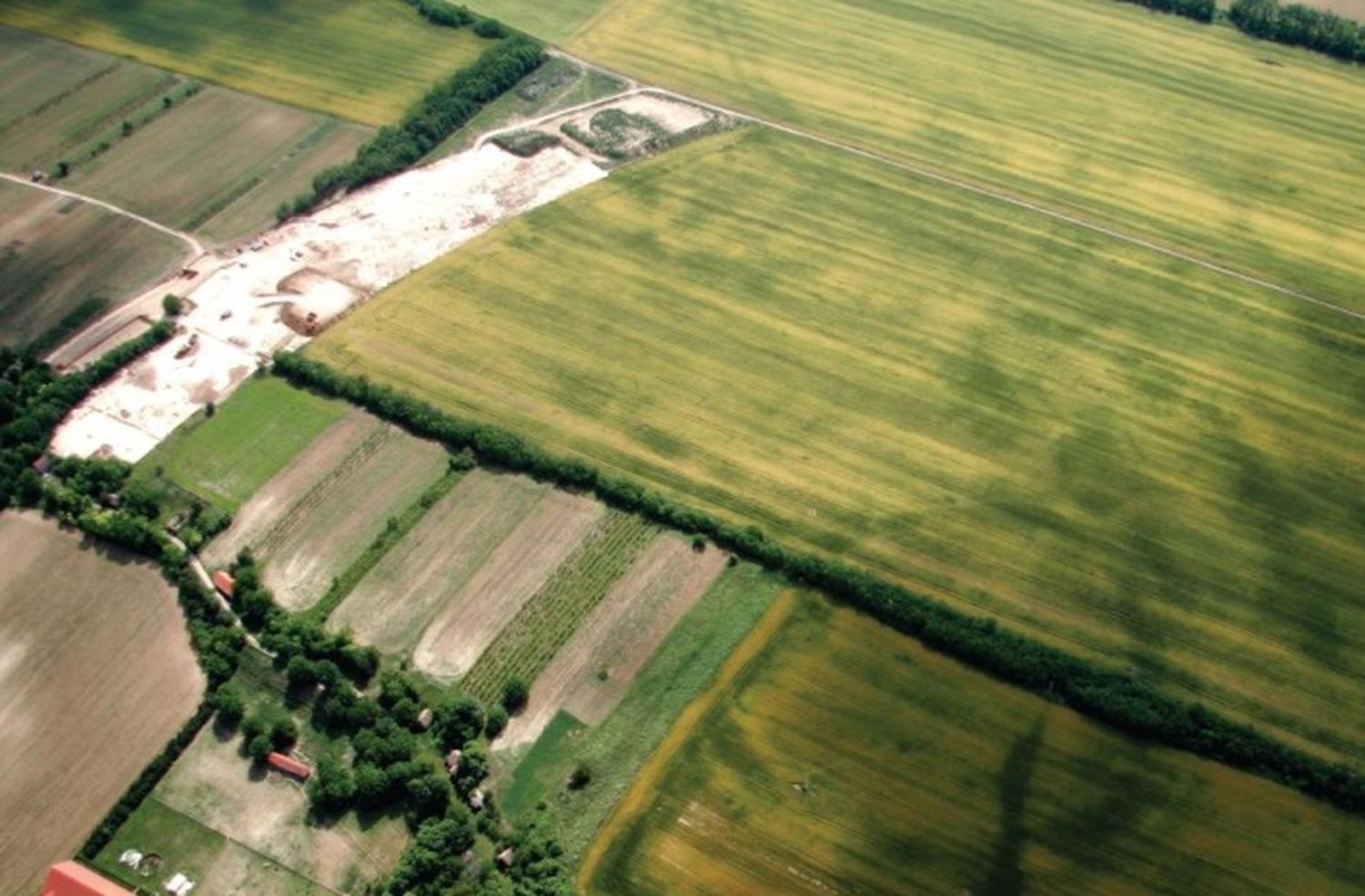
Archaeological heritage tourism and smart landscape management in the 21st century
Our landscapes show fascinating diversity, from almost untouched natural environments to landscapes shaped by centuries of human activity, and cities. Cultural landscapes, results of the interaction between nature and human intervention over the centuries, include visible built, preserved and hidden landscape elements and landscape features with a long history traced back in time.
The landscape is the scene where the people who dwell in it carry on with their lives: the matrix which defines their identities and quality of life - and for the visitor, it is a source of experience. Heritage tourism, especially hiking and cycling, is growing in popularity and is a “major winner” of the pandemic. This is coupled with the development of traditional destinations and the expansion of thematic routes highlighting cultural heritage. The Council of Europe's Cultural Routes programme, launched in 1987, is a major help in this area, offering cross-border attractions and experiences to all visitors of similar value, beyond the inhabitants of the designated towns and regions. An outstanding example of the attractiveness of interlinked developments is the Iron Age Danube Route, which has been awarded a Council of Europe certificate last year, showcasing the archaeological heritage of Central Europe. This story is another example of how the strength and resilience, the beauty and fragility of a cultural landscape can only be revealed after careful study; understanding and respecting it is a prerequisite for intelligent and sustainable use. The conference will also provide participants with an opportunity to learn about best practices in other cultural routes. Cultural landscapes are of great economic value, but it is important that their values are recognised and appreciated, and that they are used and shaped in ways that help maintain their identity.
Our conference will offer an insight into the rich variety of heritage tourism developments and perspectives for smart landscape management.








